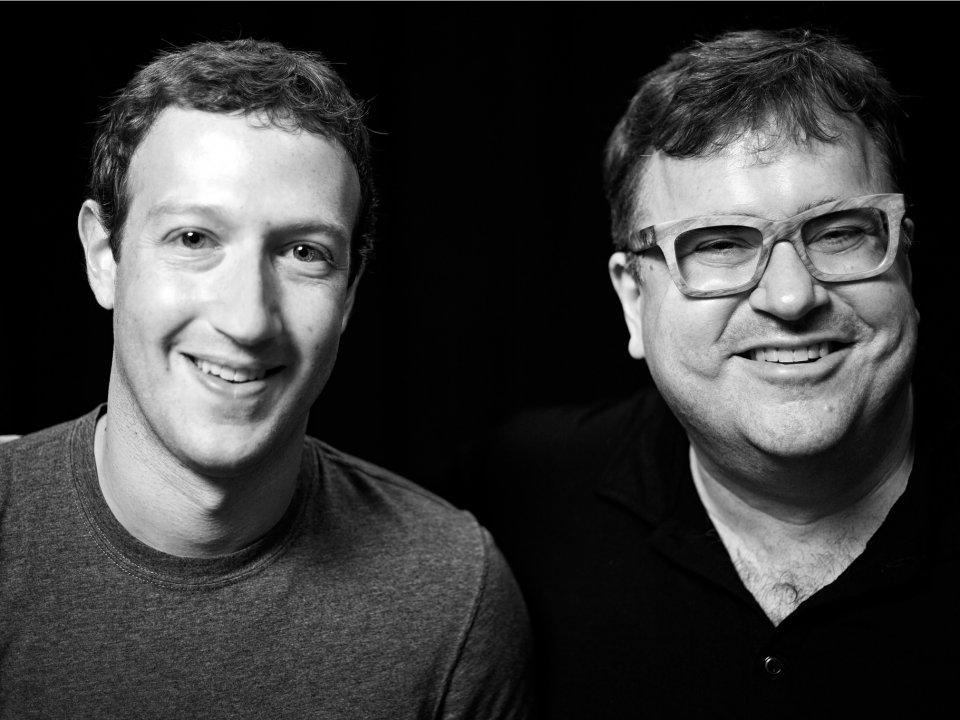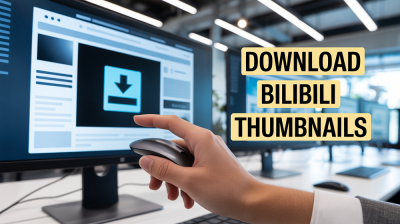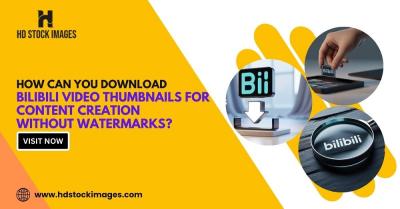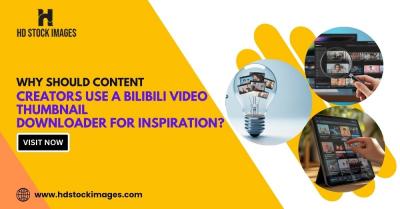Mark Zuckerberg, the co-founder and CEO of Facebook, is a name synonymous with social media innovation. Since launching Facebook in 2004 from his Harvard dorm room, he has transformed the way we connect and share online. With over 2.9 billion monthly active users on Facebook alone, Zuckerberg's influence is monumental. Beyond Facebook, he’s involved in various ventures, championing initiatives like Internet.org to connect the world. While he may not have a traditional LinkedIn profile, his online presence is felt across multiple platforms, showcasing his thoughts on technology, privacy, and the future of social media.
Exploring the Importance of LinkedIn for Professionals

LinkedIn isn’t just another social platform; it’s a professional ecosystem that connects job seekers, employers, and industry experts. Here’s why it’s crucial for anyone looking to elevate their career:
- Networking Opportunities: LinkedIn allows professionals to connect with colleagues, industry leaders, and potential employers, expanding their professional network significantly.
- Showcasing Expertise: Through posts, articles, and a well-crafted profile, users can showcase their skills and knowledge, making them more visible to recruiters.
- Job Opportunities: Many companies post job openings exclusively on LinkedIn, providing users with access to a vast array of career opportunities.
- Industry Insights: By following relevant companies and thought leaders, professionals can stay updated on industry trends, enhancing their knowledge and marketability.
For instance, let’s consider a software developer, Jane. She uses LinkedIn to share her projects, engage with industry peers, and discover job openings in her field. Through articles she writes about coding best practices, Jane enhances her visibility and positions herself as a thought leader, which ultimately leads to job offers.
Additionally, LinkedIn is invaluable for personal branding. Professionals can tailor their profiles to tell their unique stories, highlighting their achievements, educational background, and endorsements. This creates a personal brand that resonates with potential employers—or clients. Visual elements like certifications, portfolio pieces, and recommendations can set profiles apart in a crowded job market.
Finally, let’s not forget about the power of LinkedIn Groups. These communities foster discussions around specific interests or industries, allowing members to share insights, ask questions, and even collaborate. Participating actively in these groups can lead to meaningful connections and opportunities.
In conclusion, while Mark Zuckerberg has made waves in social media, platforms like LinkedIn serve a distinct purpose in professional growth and networking. As the job market evolves, having a robust LinkedIn profile can be the key to unlocking new career paths and opportunities.
Also Read This: What Is My LinkedIn Address and How to Share It with Potential Employers
3. Does Mark Zuckerberg Have a LinkedIn Profile?
You might be surprised to learn that Mark Zuckerberg, the co-founder and CEO of Facebook (now Meta Platforms, Inc.), does not maintain a LinkedIn profile. While many professionals flock to LinkedIn to showcase their careers, Zuckerberg’s absence from the platform reflects his unique position in the tech world. Instead of actively networking on LinkedIn, he focuses on other platforms, predominantly Facebook and Instagram, which he has helped shape into powerful social media giants.
Why doesn’t he have a LinkedIn profile, you ask? Well, it could be because his profile would be more of a formality than a necessity. With over 2.8 billion users on Facebook, Zuckerberg is already widely recognized, and his professional accomplishments are well-documented in various media outlets and interviews. Therefore, a LinkedIn profile might feel redundant for someone whose influence is already monumental.
Moreover, Zuckerberg's social media strategy is quite different. He prefers to communicate directly with users through Facebook posts, where he shares updates about the company, thoughts on technology, and insights into the future of social media. This direct engagement helps him maintain a personal connection with users and keeps the audience informed about Meta's innovations.
In a way, his absence from LinkedIn emphasizes a broader trend among some tech leaders who choose to engage with the public on platforms they control rather than on traditional professional networking sites. It’s a statement that reflects both his confidence in his platforms and a departure from conventional norms in professional networking.
Also Read This: How to Add a Promotion to Your LinkedIn Profile Seamlessly
4. Comparison of Zuckerberg's Social Media Use Across Platforms
When we look at how Mark Zuckerberg uses different social media platforms, it’s fascinating to see the distinct purposes and styles he adopts. Let’s break it down:
- Facebook: This is Zuckerberg's primary playground. He uses it to share company news, engage with users, and promote new features. His posts often include personal anecdotes, insights about technology, and reflections on social issues. For instance, during the COVID-19 pandemic, he frequently posted updates about Facebook's response and initiatives to support communities.
- Instagram: As Meta’s photo-sharing platform, Instagram is more visual. Zuckerberg uses it to showcase lighter, more personal content. For example, you might find him sharing family photos, behind-the-scenes glimpses of company events, or highlights from product launches. This platform allows him to connect with a younger audience in a more casual manner.
- Twitter: While Zuckerberg isn’t as active on Twitter compared to other platforms, he occasionally shares thoughts and engages in discussions, usually regarding industry news or insights. However, Twitter is more of a supplementary platform for him, with less focus compared to Facebook and Instagram.
- Live Videos: Zuckerberg often engages in live Q&A sessions on Facebook. These moments are significant as they allow him to address user concerns directly and share his vision for Meta. They create a sense of transparency and humanize the tech executive.
In summary, Mark Zuckerberg leverages each platform’s strengths to communicate effectively. Facebook serves as a hub for professional updates, Instagram allows for personal storytelling, and Twitter acts more as a secondary channel for thoughts and industry commentary. This strategic use of social media not only enhances his personal brand but also reinforces the significance of the platforms he leads. It’s a great example of how leaders can adapt their messaging across different channels to resonate with varied audiences!
Also Read This: How to See Deleted LinkedIn Posts: Can It Be Done?
5. The Role of Social Media Giants in Today's Digital Economy
When we think about the modern digital economy, it's impossible to overlook the influence of social media giants like Facebook, Twitter, LinkedIn, and Instagram. These platforms have transformed not just how we communicate but also how businesses operate and grow.
Economic Powerhouses
Social media platforms are more than just places to connect; they are economic powerhouses driving growth across various sectors. For instance:
- Advertising Revenue: Companies like Facebook and Instagram generate billions in ad revenue. In 2021, Facebook alone reported over $100 billion in ad revenue.
- Influencer Marketing: Influencers leverage their social media presence to promote products, creating a new economy where personal brands thrive. Brands are willing to pay hefty sums for influencer collaborations.
- Job Creation: The rise of digital marketing, social media management, and content creation roles has created thousands of jobs, illustrating how social media reshapes employment landscapes.
Facilitating Business Growth
Social media allows small businesses to compete with larger corporations. A local bakery can reach potential customers through Instagram showcasing beautiful pastries, while a startup can use LinkedIn to connect with investors and partners. The tools provided by these platforms enable:
- Targeted Advertising: Businesses can target specific demographics, ensuring their ads reach the right audience.
- Customer Engagement: Real-time interactions with customers foster loyalty and feedback loops, improving products and services.
- Market Research: Brands can gauge consumer sentiment and trends by monitoring discussions and engagement on these platforms.
In essence, social media giants have not only reshaped how we interact but have also become integral to the fabric of the global economy. Their algorithms and data-driven strategies allow businesses to connect with consumers in innovative ways, making them indispensable in today's digital landscape.
6. Conclusion: What We Can Learn from Zuckerberg's Social Media Strategy
Mark Zuckerberg's journey with Facebook offers valuable insights for anyone looking to navigate the complex world of social media. Here are a few key takeaways:
- Embrace Change: Zuckerberg has not shied away from adapting Facebook's strategy over the years, whether it’s pivoting towards mobile or incorporating new features like Stories and Reels. The ability to pivot is crucial in a rapidly evolving digital landscape.
- User-Centric Approach: Prioritizing user experience has been central to Facebook’s strategy. By focusing on what users want—be it better privacy options or enhanced communication tools—the platform continues to thrive.
- Data Is Key: Understanding user behavior through data analytics has allowed Zuckerberg to make informed decisions about feature updates and advertising strategies. Businesses should harness data to refine their approaches.
- Community Building: Facebook's success is rooted in its ability to create communities. Encouraging user interaction and fostering a sense of belonging can drive engagement significantly.
Ultimately, Zuckerberg's strategy underscores the necessity of adaptability, user focus, and community in building a successful social media presence. By learning from these principles, individuals and businesses alike can harness the power of social media to achieve their goals.
 admin
admin








